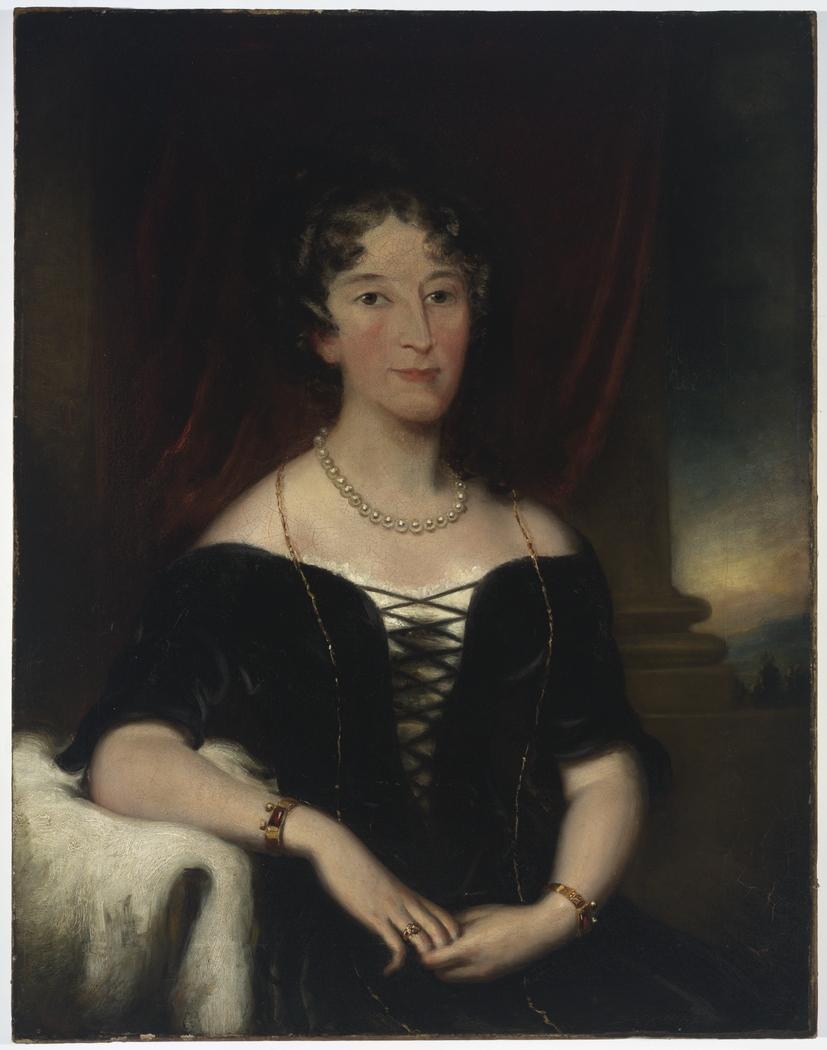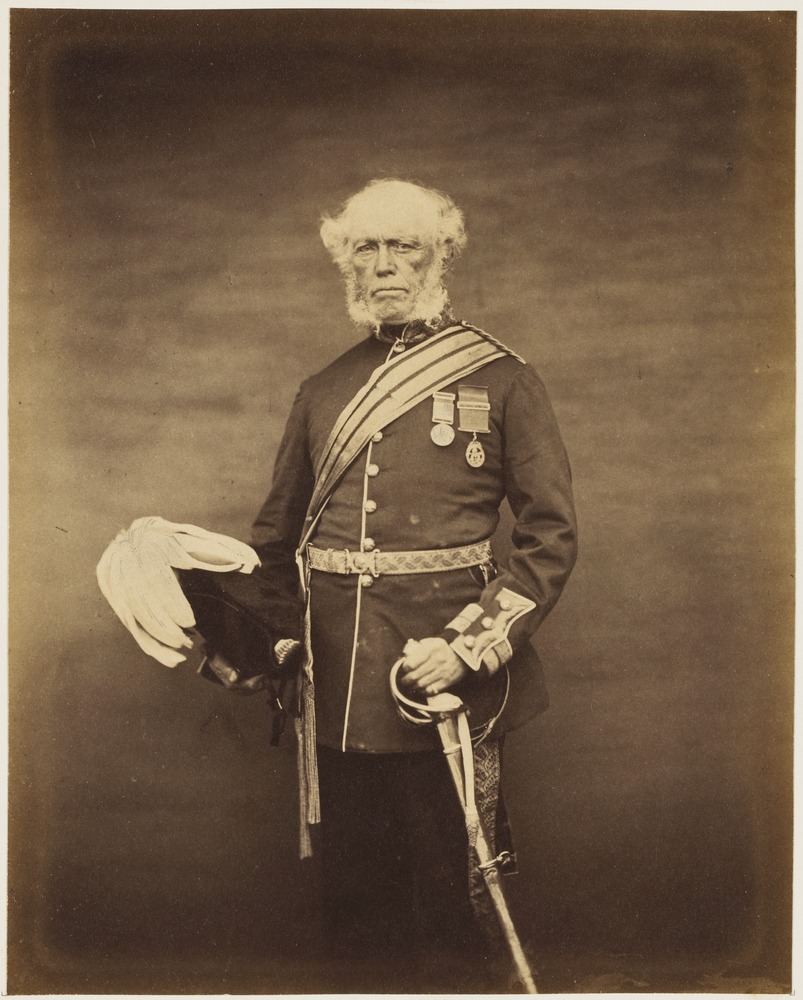The Dictionary of Sydney was archived in 2021.
Scarborough: Second Fleet
Citation
Persistent URL for this entry
To cite this entry in text
To cite this entry in a Wikipedia footnote citation
To cite this entry as a Wikipedia External link
Scarborough
Scarborough, [media]along with Lady Juliana, Surprize and Neptune, was one of four convict transports of the Second Fleet. The vessel had sailed with the First Fleet under the same master and convicts were accused of plotting mutinies during both voyages.
Scarborough was a 418-ton British merchant ship built in Scarborough in Yorkshire in 1782. The ship sailed with the First Fleet in 1788 under charter by a contractor from her owners TG & J Hopper, [1] and in 1790, in company with the convict ships Surprize and Neptune, Scarborough was sent back to New South Wales, by a new contractor, the slave trading firm Camden, Calvert & King. Due to the high mortality among of their convict cargo, the voyage of the three ships came to be known as 'The Death Fleet'. Three other ships, the female convict ship Lady Juliana, the storeship Justinian and the Royal Navy supply ship HMS Guardian, sailed from England separately between July 1789 and January 1790, but all six vessels reached Port Jackson in June 1790 and came to be known as the Second Fleet. [2]
On 15 October 1789, orders were issued for Scarborough, Neptune and Surprize to move out of Deptford docks and to embark convicts and soldiers of the New South Wales Corps who were to replace the marines who had sailed with the First Fleet. The ships were also loaded with stores of flour, salt beef and pork for use during the journey and for the colony. [3]
After sailing around the coast to collect convicts and experiencing several delays due to poor weather, Scarborough, Neptune and Surprize finally sailed on 17 January 1790.
Scarborough [media]carried about 253 convicts [4] and a crew of about 38 men. The ship was commanded by John Marshall, who had also served as master during the First Fleet voyage. [5] Scarborough's surgeon for the voyage was Augustus Jacob Beyer [6] and the ship carried two officers and 38 men of the New South Wales Corps. [7] Among these was Captain John Townson who would serve as Lieutenant Governor on Norfolk Island and later received one of the first land grants in the area that became the municipality of Kogarah. One month into the voyage, New South Wales Corps Captain John Macarthur, his wife Elizabeth and son Edward transferred from Neptune to Scarborough after a series of disputes, primarily with Neptune's captain, Donald Trail. [8] Before their departure, a quarrel between John Macarthur and Neptune's first master Thomas Gilbert had culminated in a bloodless duel. [9] [media]After surviving a serious illness during the voyage, John Macarthur went on to become a significant figure in the early development of the colony, socially, politically and economically.
On 12 February, en route to Cape Town, Scarborough fell away from Neptune and Surprize. [media]Information about an attempted mutiny was divulged by the convict Samuel Burt, and the fleet's naval agent, Lieutenant John Shapcote (travelling on Neptune) boarded Scarborough. Shapcote presided over an investigation culminating in the punishment of 17 convicts, [10] and Burt's honesty was later rewarded with employment as a clerk in the stores at Sydney, and a pardon. [11] A letter to the Navy Board from Shapcote regarding the incident mentions that 11 convicts had died in the month since sailing, including four on Scarborough. [12]
The ships crossed the equator on 25 February and reached False Bay, Cape Town on 13 April. At this point 15 convicts on Scarborough had died and many were seriously ill with scurvy. [13]
At Cape Town, arrangements were made for Scarborough, Neptune and Surprize to take on stores from the wreck of HMS Guardian, which had struck an iceberg on Christmas Eve 1789, only days after leaving Cape Town carrying much-needed provisions for the colony. Eight convicts who had been on Guardian were transferred to Scarborough and the ships remained at Cape Town for 16 days before departing on the final stage of the voyage on 29 April 1790. [14]
Scarborough [media]and Neptune arrived in Sydney Cove on 28 June 1790, Surprize having anchored two days earlier. [15] The arrival of the three transports, with their cargo of ill and dying convicts, stretched the colony's meagre resources. From over 1,000 convicts embarked, an estimated 26.5 per cent had died. On Scarborough, around 73 of over 250 convicts had died and many were hospitalised on arrival. [16]
Watkin Tench, a marine officer who had sailed with the First Fleet, described the disembarking convicts as having 'every mark of misery' and attributed their ill health to the poor conduct of the contractors. He wrote that the convicts had not received their full rations, in order that the masters of the transports could sell the unused provisions at 'extortionate' prices on arrival in Sydney. [17]
Despite the disastrous beginning of the Second Fleet convicts' lives in the colony, many survived to completed their sentences and prosper in their new homeland. Jonathan Griffiths, convicted of grand larceny and transported on Scarborough in 1790, became a successful shipbuilder and farmer and built the first bridge over North Esk at Launceston. [18] Jewish merchant James Larra, transported on Scarborough for the crime of theft, prospered on land grants, and in the liquor trade, after receiving one of the first liquor licences in the colony. Around 1800 he built the Freemasons' Arms in Parramatta and opened a store on the premises, becoming Australia's first newspaper agent in 1803 and reaching the position of 'venue master for the District of Parramatta' before a decline in fortunes. [19]
On 8 August 1790 Scarborough sailed from Sydney for Canton where the other four remaining ships of the Second Fleet congregated [20] to take on cargos of tea for the British East India Company. [21]
Scarborough, Lady Juliana, Neptune and Justinian were reported to have returned to England in October 1791. [22]
In July 1805 Scarborough was reported as wrecked after taking on water during a homeward voyage from Port Royal, Jamaica, and drifting onshore near Portland with the loss of seven crew members. [23]
References
David Collins. An Account of the English Colony in New South Wales; With Remarks on the Dispositions, Customs, Manners &c. of the Native Inhabitants of that Country, volume III, 1798. Edited by H Fletcher. Sydney: AH & AW Reed in association with the Royal Australian Historical Society, 1975.
Flynn, Michael. The Second Fleet: Britain's Grim Convict Armada of 1790. Sydney: Library of Australian History, 2001.
Tench, Watkin. A complete account of the settlement at Port Jackson, in New South Wales: including an accurate description of the situation of the colony; of the natives; and of its natural productions / taken on the spot, by Captain Watkin Tench. London: Nicol and Sewell, 1793.
Notes
[1] Michael Flynn, The Second Fleet: Britain's Grim Convict Armada of 1790 (Sydney: Library of Australian History, 2001), 30
[2] Michael Flynn, The Second Fleet: Britain's Grim Convict Armada of 1790 (Sydney: Library of Australian History, 2001), 1
[3] Michael Flynn, The Second Fleet: Britain's Grim Convict Armada of 1790 (Sydney: Library of Australian History, 2001), 32
[4] Michael Flynn, The Second Fleet: Britain's Grim Convict Armada of 1790 (Sydney: Library of Australian History, 2001), 46
[5] Michael Flynn, The Second Fleet: Britain's Grim Convict Armada of 1790 (Sydney: Library of Australian History, 2001), 30
[6] Michael Flynn, The Second Fleet: Britain's Grim Convict Armada of 1790 (Sydney: Library of Australian History, 2001), 44
[7] Michael Flynn, The Second Fleet: Britain's Grim Convict Armada of 1790 (Sydney: Library of Australian History, 2001), 30
[8] Margaret Steven, 'Macarthur, John (1767–1834)', Australian Dictionary of Biography, National Centre of Biography, Australian National University, http://adb.anu.edu.au/biography/macarthur-john-2390/text3153, published in hardcopy 1967, accessed 19 December 2015
[9] Elizabeth Macarthur, journal entry, in Some Early Records of the Macarthurs of Camden, edited by Sibella Macarthur Onslow (Sydney: Angus & Robertson, 1914), 5
[10] Michael Flynn, The Second Fleet: Britain's Grim Convict Armada of 1790 (Sydney: Library of Australian History, 2001), 43
[11] David Collins, An Account of the English Colony in New South Wales; With Remarks on the Dispositions, Customs, Manners &c. of the Native Inhabitants of that Country, volume III, 1798, edited by H Fletcher (Sydney: AH & AW Reed in association with the Royal Australian Historical Society, 1975), 293
[12] Michael Flynn, The Second Fleet: Britain's Grim Convict Armada of 1790 (Sydney: Library of Australian History, 2001), 43
[13] Siân Rees, The Floating Brothel: The Extraordinary Story of the Lady Julian and its Cargo of Female Convicts Bound for Botany Bay (Sydney: Hodder Headline Australia, 2001), 191
[14] Michael Flynn, The Second Fleet: Britain's Grim Convict Armada of 1790 (Sydney: Library of Australian History, 2001), 45
[15] David Collins, An Account of the English Colony in New South Wales; With Remarks on the Dispositions, Customs, Manners &c. of the Native Inhabitants of that Country, volume III, 1798, edited H Fletcher (Sydney: AH & AW Reed in association with the Royal Australian Historical Society, 1975), 129
[16] Michael Flynn, The Second Fleet: Britain's grim convict armada of 1790 (Sydney: Library of Australian History, 2001), 46
[17] Watkin Tench, A complete account of the settlement at Port Jackson, in New South Wales: including an accurate description of the situation of the colony; of the natives; and of its natural productions / taken on the spot, by Captain Watkin Tench (London: Nicol and Sewell, 1793), available online at University of Sydney Library, http://adc.library.usyd.edu.au/data-2/p00044.pdf, 39
[18] 'Griffiths, Jonathan (1773–1839)', Australian Dictionary of Biography, National Centre of Biography, Australian National University, http://adb.anu.edu.au/biography/griffiths-jonathan-2128/text2697, published in hardcopy 1966, accessed online 3 February 2016.
[19] GFJ Bergman, 'Larra, James (1749–1839)', Australian Dictionary of Biography, National Centre of Biography, Australian National University, http://adb.anu.edu.au/biography/larra-james-2331/text3033, published in hardcopy 1967, accessed 3 February 2016
[20] Michael Flynn, The Second Fleet: Britain's Grim Convict Armada of 1790 (Sydney: Library of Australian History, 2001), 52
[21] David Collins, An Account of the English Colony in New South Wales; With Remarks on the Dispositions, Customs, Manners &c. of the Native Inhabitants of that Country, volume III, 1798, edited H Fletcher (Sydney: AH & AW Reed in association with the Royal Australian Historical Society, 1975), 134
[22] Northampton Mercury, Saturday 8 October 1791, 1
[23] Aberdeen Journal, Wednesday 3 July 1805
.







